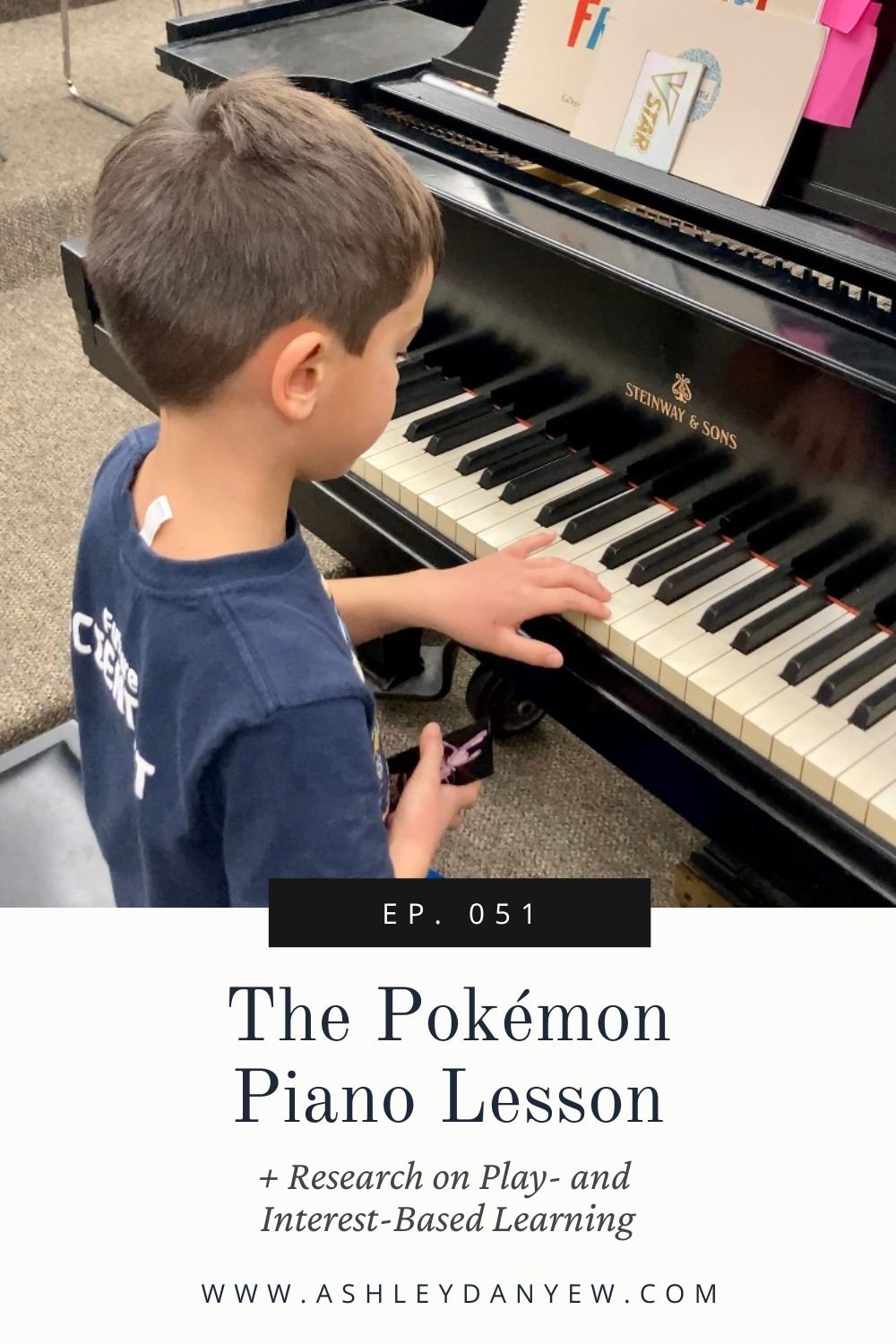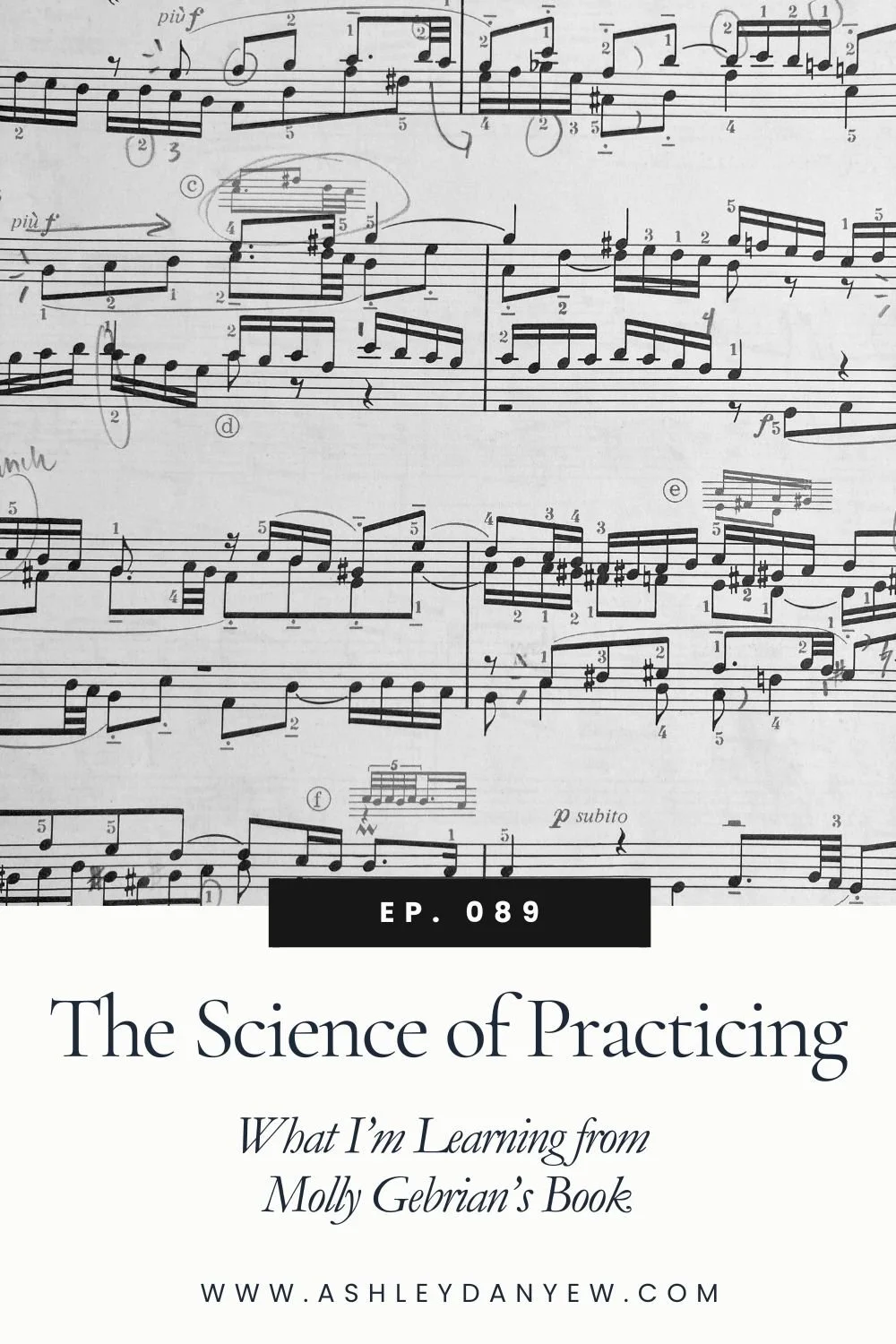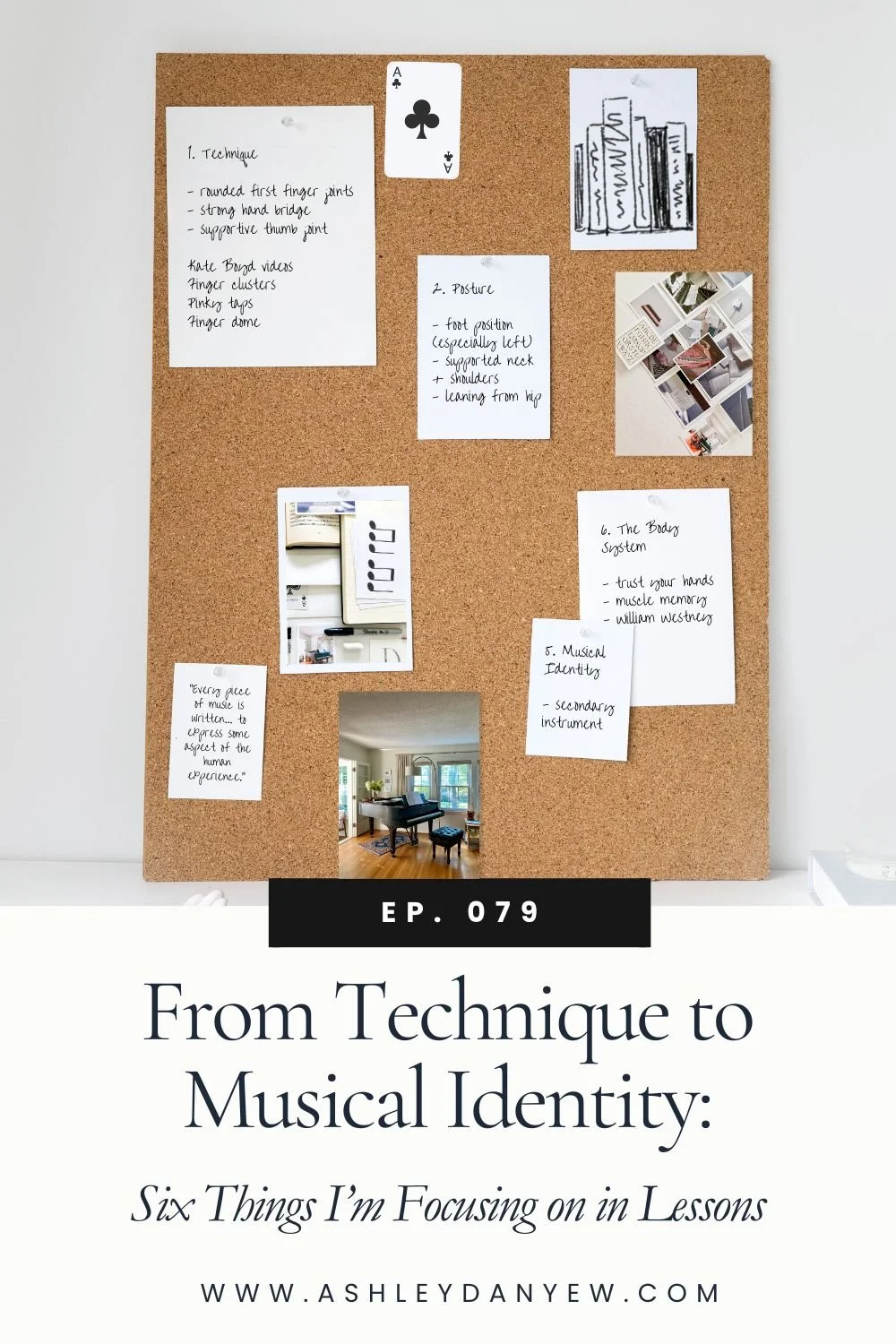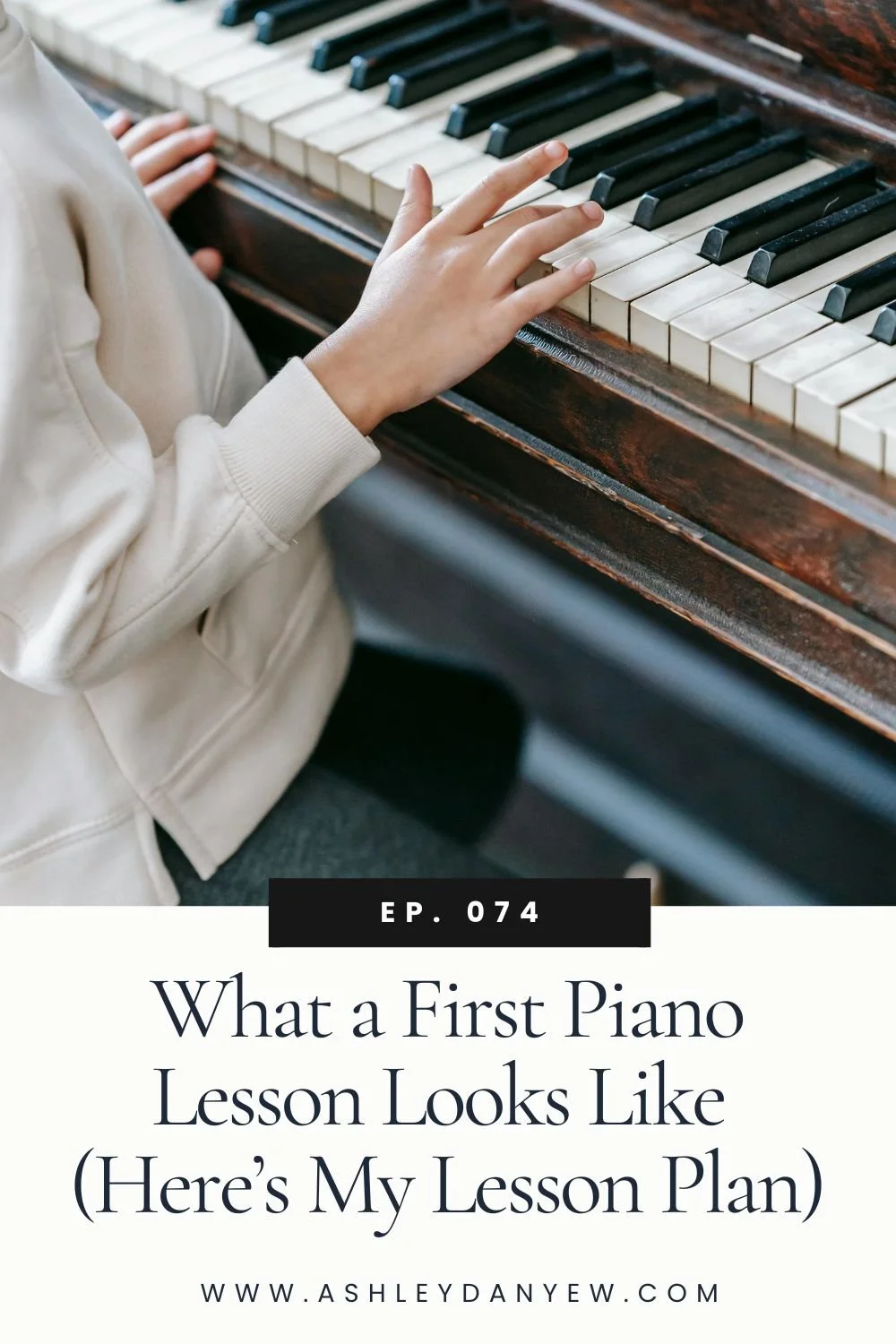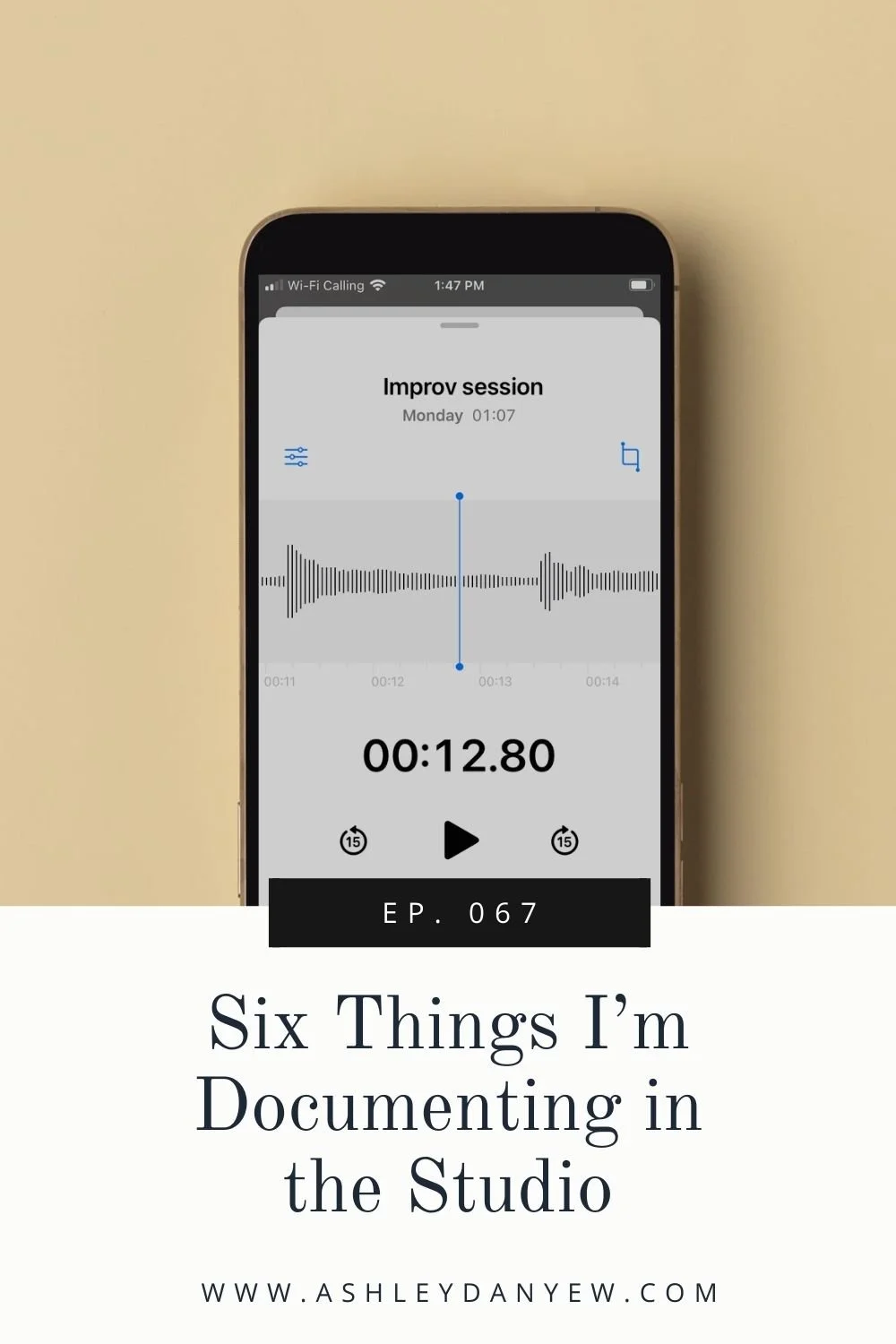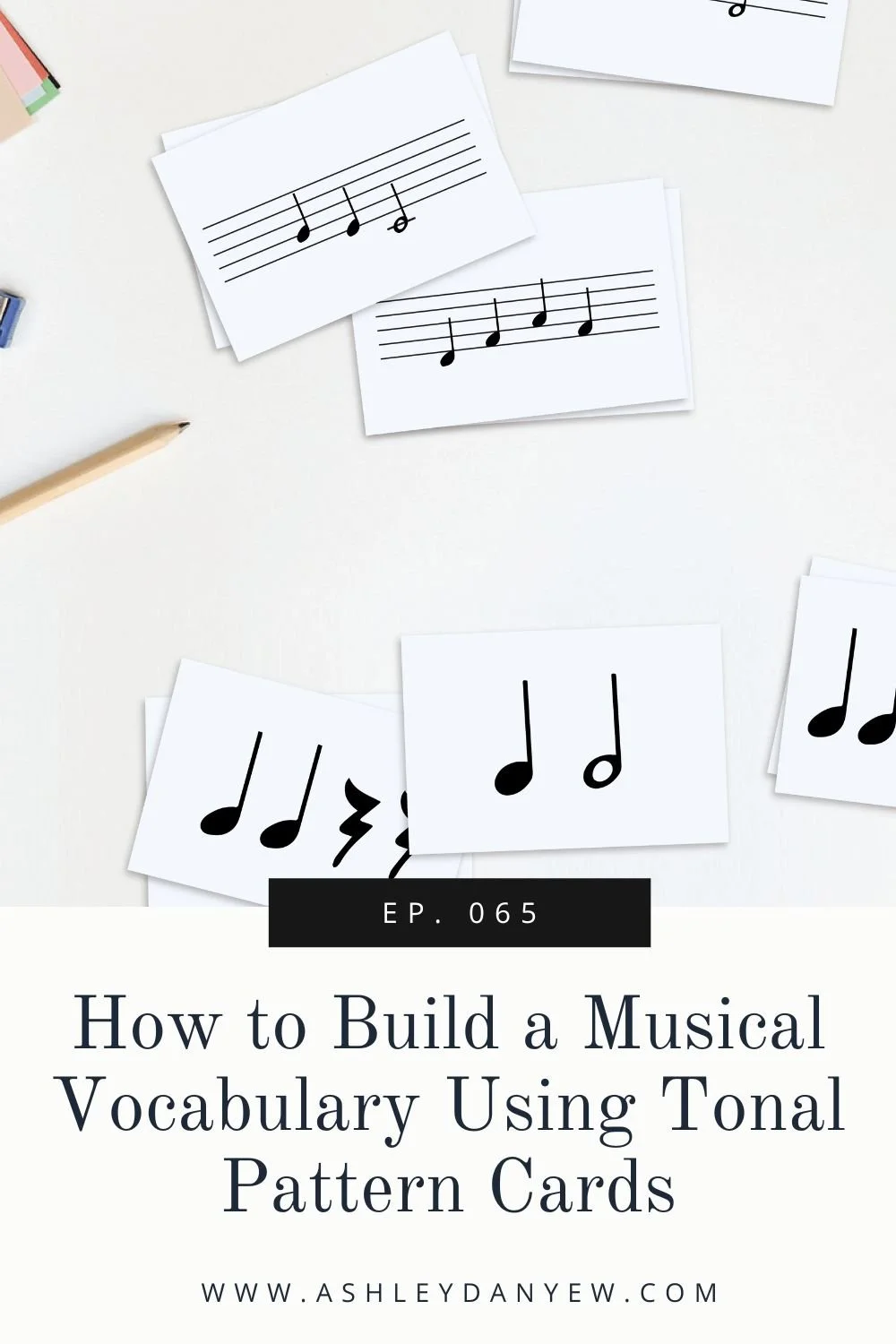Resources Mentioned
*Disclosure: I get commissions for purchases made through links in this post.
The School and Society (John Dewey)
I have a new 1st-grade student this fall, a younger sibling of another student. Their temperaments and personalities could not be more different and I feel like I'm still learning how best to relate to the younger brother in lessons. I'll call him Aaron.
Aaron is very smart and artistic but also has a rebellious streak. Sometimes he'll come into his lesson and say he doesn't want to play the piano or he'll resist reviewing a concept or piece from the previous week and give me only a half-hearted attempt.
After one particularly challenging lesson, I made a plan to incorporate a few more fun activities the following week—movement, creativity prompts, and musical discovery. Little did I know that Aaron would bring all the creative inspiration we needed for a 30-minute lesson: a binder of Pokémon cards.
Now, let me just say, the only things I know about Pokémon are:
Pikachu is one of the characters.
There was a Pokémon Go stop up the street from our house a few years ago and we used to see more people than usual walking down the sidewalks on their phones as they played.
That's about it.
So as we walked down to the classroom that evening for our lesson, I asked Aaron all about the cards he'd collected. Did he have a favorite? Where did he get them? How were they organized? Did they have special powers?
By the time we got to the classroom and he sat down at the piano, I thought of a way to connect our conversation to his lesson. Today, I'm going to share an inside look at how I used Pokémon cards for musical activities and inspiration throughout our piano lesson.
Musical Activities for Beginning Piano Students Based on Pokémon Cards
Letter C Song
As Aaron showed me his Pokémon cards that evening, I noticed that several of them had names that started with C. This was a great segue into our lesson, as we have been working in the C unit of Piano Safari Friends this month.
"Can you find a Pokémon that starts with the letter C?" I asked. He began flipping through the pages. "This one!" He said, pointing to a card halfway down one page. "Ceruledge," I said slowly. "Great!" We took it out of the page protector and placed it on the music rack. "Let's play the Letter C Song for Ceruledge!" And he did.
He was delighted by this, so we looked for a Pokémon that started with D, then E and played songs starting on those keys: first right hand, then left hand, then hands together.
Chant-backs, Tapbacks, and Playbacks
Next on my lesson plan was a Follow-the-Leader piece called Hide and Seek. This is essentially call-and-response and I wanted to start with rhythm chant-backs and tapbacks, then playbacks. I noticed that many of the Pokémon characters had three-syllable names (similar to the Tall Giraffe rhythm—quarter quarter half note—we've been learning in this unit).
Rhythm
"Look at this one," I said, pointing to an orange dragon with a striped belly and turquoise wings. "Dragonite," I said in rhythm, pointing to the name. "Dragonite," he echoed back. "What rhythm does that sound like?" I asked. He put his hand to his chin as he thought for a minute, then said "Tall Giraffe!" "That's right," I said. "I wonder if we can find any other Pokémon names that have the Tall Giraffe rhythm.
In case you're wondering, we found:
Armarouge
Cyclizar
Bellibolt
This began a game of Aaron pointing to a Pokémon card and me reading the name in rhythm. He would imitate, then I would ask if it was the same or different as the last one we had done. If it was different, which rhythm was it?
Some had two syllables like Hippo (two half notes), others had four syllables like Charlie Chipmunk (four quarter notes).
After our rhythm chant-backs, we transitioned to tapbacks and playbacks using these same rhythm patterns (I used tonal patterns from the "Hide and Seek" piece on my lesson plan.)
Improvisation
Toward the end of the lesson, I had a creativity prompt on my lesson plan to invite Aaron to improvise a piece about a thunderstorm (it had rained that afternoon). Instead, given the direction of the lesson, I asked him to choose a favorite Pokémon and we improvised a piece for that character with the card sitting on the music rack for inspiration.
As we walked back up to the gallery to meet his dad, I told Aaron that I knew nothing about Pokémon and that he was my expert. He smiled and hugged his Pokémon binder close to his chest. When we reached the top of the stairs, he ran to his dad and told him all about how we used his Pokémon cards at the piano.
Play- and Interest-Based Learning
Now, let's talk about the research behind this. At first, this may seem like a case for play-based learning and it is—the benefits of play are great! But I also want to explore an adjacent component of learning, motivation, and engagement. We'll get to that in a minute.
The National Association for the Education of Young Children (NAEYC), which includes children up to age 8, by the way, notes that "Play develops young children’s symbolic and imaginative thinking, peer relationships, language. . .physical development, and problem-solving skills" (source) Pretty powerful, right?
Researchers indicate that play is a continuum with self-directed play at one end and direct instruction at the other. In the middle is something called guided play, which NAEYC describes:
"Guided play gives educators opportunities to use children’s interests and creations to introduce new vocabulary and concepts, model complex language, and provide children with multiple opportunities to use words in context" (source).
Remember that music is also a language and the learning process is similar, so when you read research that talks about language development or modeling complex language, think about developing a vocabulary of tonal and rhythm patterns or modeling a complex sequence of patterns as one might find in a musical phrase.
The key statement I want to highlight in that quote is the first part: "Guided play gives educators opportunities to use children's interests to introduce new vocabulary and concepts."
This brings me to the adjacent aspect of learning I mentioned a minute ago. Aaron's Pokémon-inspired lesson is an example of something called interest-based learning.
John Dewey described this in his 1899 book, The School and Society. He observed that a child's natural "interest in conversation, or communication; in inquiry or finding out things; in making things, or construction; and in artistic expression [are the] natural resources, the uninvested capital, upon which depends the active growth of the child" (source).
This is the foundation of interest-based learning: where children actively participate in an activity that is connected to something they're interested in, which provides an opportunity for learning and development.
Researchers have indicated that interest-based learning activities can lead to greater competence, increased motivation, and language and communication skill development (Dunst & Raab, 2014; Lowry, n.d.).
According to research by Carl Dunst in 2006 (as cited in Dunst & Raab, 2014):
"Interest-based child participation in everyday activity provides the context for sustained engagement in interactions with people and material. Sustained engagement in turn provides a child the opportunity to practice existing competence and learn new behavior. As part of competence expression and learning, a child has an opportunity to explore the consequences of his or her abilities and to develop a sense of mastery. A sense of mastery in turn is likely to strengthen personal interests and transform situationally interesting everyday activity into personal interests" (source).
This is exactly what we hope to achieve in our teaching, right? A natural progression from engagement to reinforcing existing competence, learning new behavior and skills to developing a sense of mastery.
On that note, NAEYC notes the importance of setting children up for success when teaching new skills and concepts. They write:
"Confronted by repeated failure, most children will simply stop trying. Repeated opportunities to practice and consolidate new skills and concepts are also essential for children to reach the threshold of mastery at which they can go on to use this knowledge or skill, applying it in new situations. Play (especially in intentionally designed environments with carefully selected materials) provides young children with opportunities to engage in this type of practice" (source).
Do you see how connecting to a child's natural interests can provide that hook for engagement? We need to start with what's familiar—with what children already know and like. This is a valuable tool for introducing new ideas and building new understanding. It makes learning new skills and concepts accessible and attainable.
Summary
I hope this has given you some food for thought on how you might incorporate guided play and interest-based learning activities into your studio with your beginning students.
I'm curious: Do you use interest-based learning in your teaching as a general practice? I'd love to hear about your experience.
Resources:
Dewey, J. (1899). The school and society. Chicago, IL: University of Chicago Press.
Dunst, C. J. & Raab, M. (2014). “Everyday child language learning early intervention practices.” Infants and Young Children, 27(3):207-219. DOI:10.1097/IYC.0000000000000015. Available online: https://www.researchgate.net/publication/278082539_Everyday_Child_Language_Learning_Early_Intervention_Practices
Lowry, L. (n.d.). "What makes your child 'tick'? Using children’s interests to build communication skills." The Hanen Centre. Available online: http://www.hanen.org/CMSPages/PortalTemplate.aspx?aliaspath=%2FAbout-Us%2FWho-We-Help%2FAcademia%2FHanen-Insider%2FWhat-makes-your-child-tick
(n.d.). "Principles of child development and learning and implications that inform practice." NAEYC. Available online: https://www.naeyc.org/resources/position-statements/dap/principles


